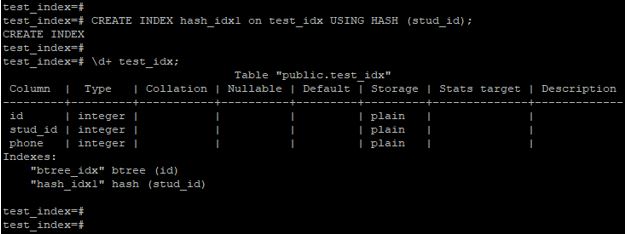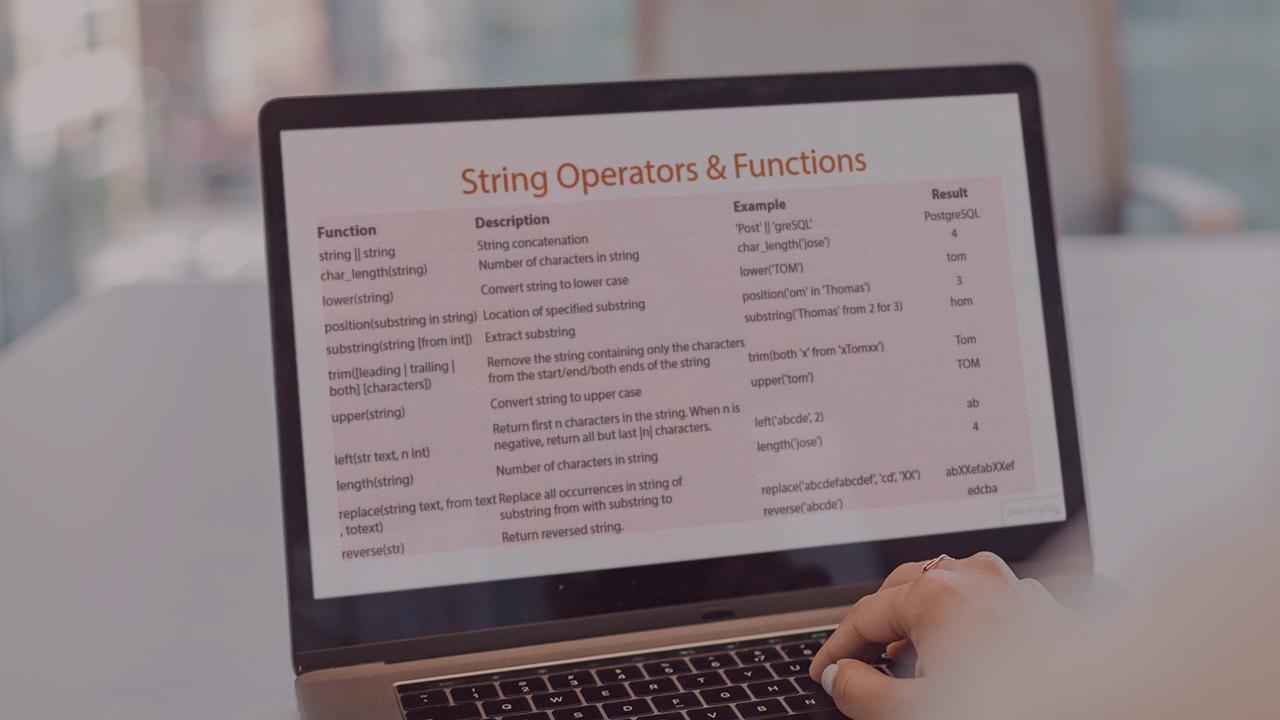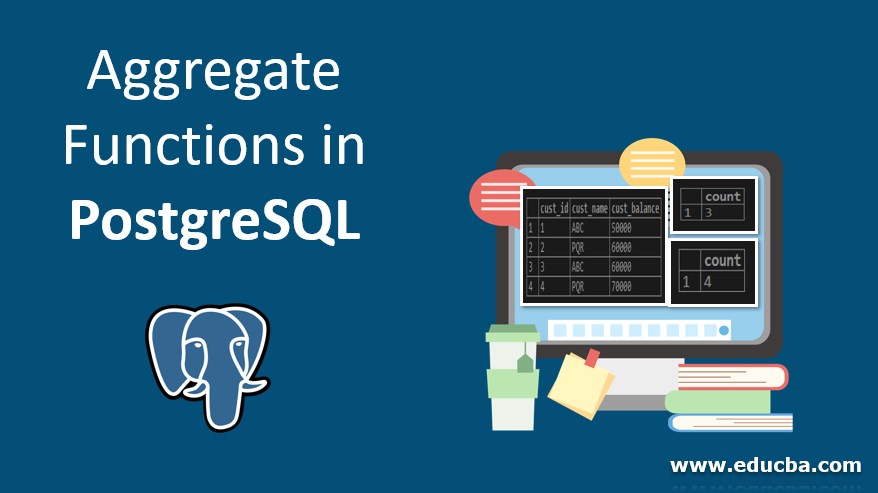

PostgreSQL works great with other database management solutions. Not many database management solutions support location-based data storage, and out of all those that do, PostgreSQL comes out on top. This can support apps that allow real-time location sharing, or those that use location as an important object in their business logic. This means that with PostgreSQL,you can easily create databases that store location-related data. With PostGIS, geographical objects can be stored easily, and the database can be used as a geospatial data store for location-based services and geographic information systems (GIS). PostgreSQL supports an extension called PostGIS. This helps create reliable, dynamic websites faster. With the introduction of PostgreSQL, a new variant called LAPP (Linux, Apache, PostgreSQL, and PHP/Python/Perl) has been introduced.

LAMP stack (Linux, Apache, MySQL, and PHP/Python/Perl) has been a very popular stack over the years. PostgreSQL has great support for real-time operations, as well as scales pretty well when used in production environments. Start-ups and large enterprises prefer using PostgreSQL as their primary data storage solution. PostgreSQL can handle general functions quite well. Before we set down to learn the tool, let’s explore some of its use cases: PostgreSQL has grown to become a popular choice when provisioning remote databases. It has a rich history for support of advanced data types, and it supports a level of performance optimization that is common across its commercial counterparts like Oracle and SQL Server. It is a highly stable database management system, backed by more than 20 years of community development. PostgreSQL offers exceptional performance in terms of a database management solution. The PostgreSQL global development group handles the maintenance of the solution to this date, and new releases are quite frequent. Since then, the database system has been continuously developed and improved. The first release of the official “PostgreSQL” was made in 1997. , and you consent to receive offers and opportunities from Career Karma by telephone, text message, and email. In 1996, the website was launched, which marked two things - new support for the SQL standard as well as the online presence of the solution.Ĭareer Karma matches you with top tech bootcampsĪccess exclusive scholarships and prep courses Its name was later changed to Postgres, as it was released after the Ingres project, therefore it became “post-Ingres”. PostgreSQL was first released as the Ingres project in 1981 at the University of California. Let’s take a look at the various resources that are available to help learn PostgreSQL. And because of its widespread use, knowledge in PostgreSQL is a must skill to have. This is why it finds itself with a great chunk of share in modern production databases. PostgreSQL has turned out to be a very reliable solution, owing to the simplicity in maintenance, which can be easily decentralized across multiple data centers.

A relational database management system facilitates storage of data in the form of inter-related tables. PostgreSQL is one of the oldest relational database management systems, with its first version dating back to 1997.
#Postgresql course code
No single corporation or private entity controls PostgreSQL and its source code is available free of charge. PostgreSQL is an open-source relational database management system developed by a worldwide team of volunteers. Get Your Coding Bootcamp Sponsored by Your Employer.Education Stipends for Coding Bootcamps.Best Coding Bootcamp Scholarships and Grants.Ultimate Guide to Coding Bootcamp Loans.Best Free Bootcamps and Coding Training.Best Online Coding Bootcamps and Courses.


 0 kommentar(er)
0 kommentar(er)
